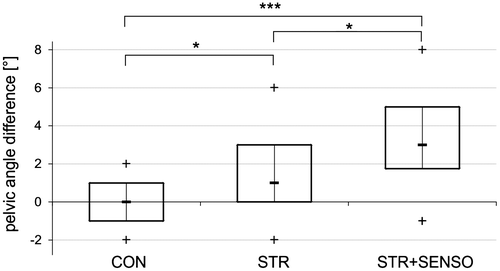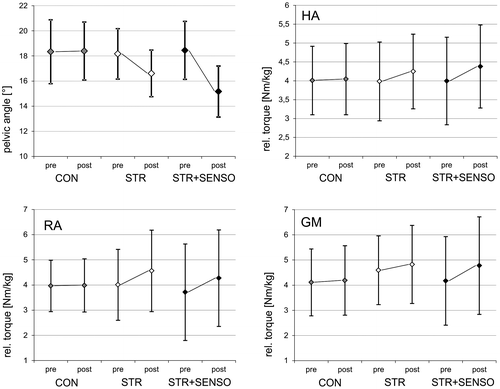Figures & data
Figure 1. (a) Pivot model of anterior pelvic tilt, RA–rectus abdominis, IL–iliopsoas, GM–gluteus maximus, HA–hamstrings, PA–pelvic tilt angle, ASIS–anterior superior iliac spine, PSIS–posterior superior iliac spine. (b) Muscular imbalance leads to an increased anterior pelvic tilt (1) and an increased lumbar lordosis (2).
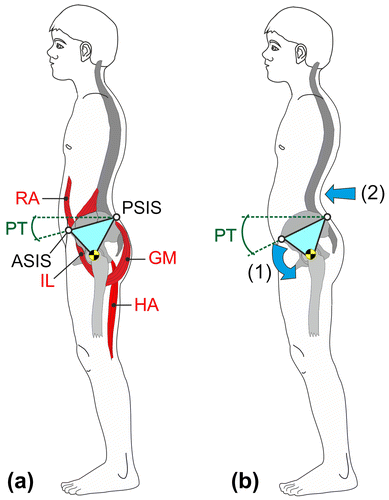
Table 1. Anthropometric data of the participants
Figure 2. Position of the test person on the isometric measurement device.
Note: Left: knee flexors, right: trunk flexors.
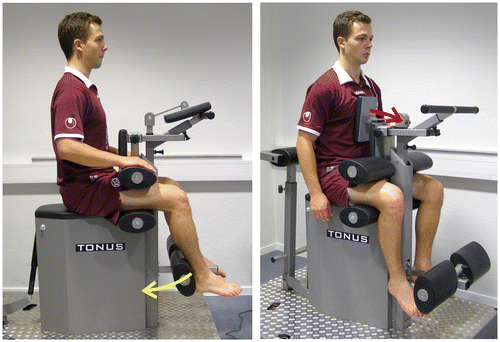
Figure 3. Strength training on the machine.
Note: Left: Seated crunch machine (rectus abdominis), middle: knee curl machine (biceps femoris), right: hip extension machine (gluteus maximus).
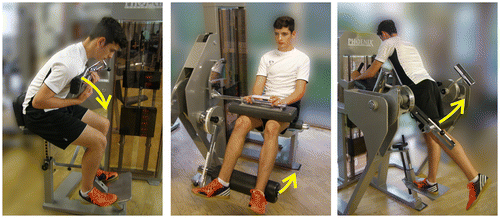
Figure 4. Exercises to improve body perception in the pelvic region. (a) Pelvis lift in a lying position: lifting the pelvis a few centimeters, (b) elimination of lumbar lordosis: drawing in the navel, (c) retroversion of the pelvis: turn the pelvis backwards like a wheel, (d) controlling pelvis and posture in a mirror.
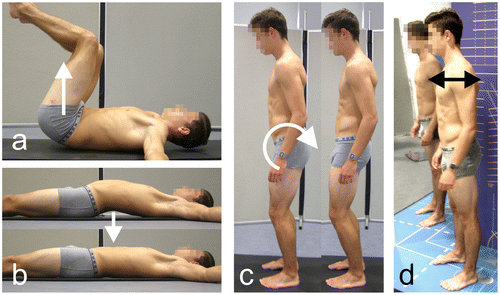
Figure 5. Box plots of the PA differences for the three groups.
Notes: The boxes span the interquartile range, the horizontal bar marks the median, and plus signs mark outliers. Stars represent significant differences between the groups (*p < 0.05, ***p < 0.001).
